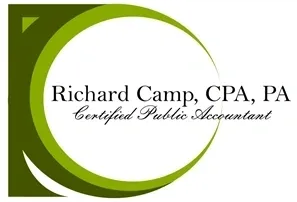Financial
Developing a Financial Plan
The first step is to figure out a realistic financial goal for yourself and your family. Talk with your loved ones to ensure that everyone has the same goals in mind. Clearly, not all families will have the same end goal - figure out what is important to you, whether it is early retirement, financial comfort, children's education, travel, taking care of elders, or your children.
Bonds FAQ
A bond is simply a certificate that the borrower promises to repay within a certain time period. For the privilege of using the money, the government entity, municipality, or company will agree to pay a certain amount of interest per year, usually an exact percentage of the amount loaned.
Bondholders do not own any part of the companies they lend to - they do not receive the benefits of dividends or the privilege to vote on company matters as stockholders would, and the success of the investment isn't related to that company's record in the market either. A bondholder is entitled to receive the amount that was agreed upon, as well as the principal of the bond.
Corporate bonds are generally issued in the denominations of $1000. This price is referred to as the face value of the bond - this is the amount that is agreed to be paid by the company at the time that it matures. Bond prices can differ from their face values because the prices of the bonds are correlated to the current market rates. When these rates change, the value of the bond will as well. If one were to sell the bond before the time that it matures, the bond may be worth less than was initially paid. A callable bond is one that the issuer may choose to buy back at full face value before the maturity date.
There are three major features of bonds:
- Issuing Organization
- Maturity
- Quality
Short Term Bonds mature in two years or less and long-term bonds mature in ten or more. Intermediate is between two and ten years.
Mutual Funds FAQ
All mutual funds distributions should be reported as income, whether you reinvest or not. Taxable distributions come in two forms, ordinary dividends and capital gains. The distributions of ordinary dividends represent the net earnings of the fund and are paid out periodically to the shareholders. Since these payments are considered to be dividends to you, they must be accounted for accordingly.
Capital Gain Distributions are the net gains of the sales of securities in the fund's portfolio and will be taxed at a different rate than that of ordinary dividends. Yearly, your mutual fund will send you a form, called the 1099-DIV, which will have a detailed breakdown of all of these.
Stock FAQ
Stocks are traded in quantities of 100 shares, called round lots. Any quantity of stock under 100 shares will be considered an odd lot.
